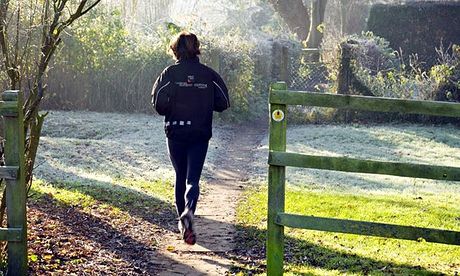
Maybe it’s because of the 7,000 calories we eat (on average) on Christmas Day, but getting fit is the No 1 new year’s resolution, according to a new YouGov poll. Research shows exercise reduces the risk of obesity, heart disease, diabetes and dementia, and helps depression. People who exercise are less likely to get breast or bowel cancer and research indicates reductions in cancer of the lining of the womb and of the lung.
Doing any amount of exercise reduces the risk of dying before your time. What’s more, you may only need to exercise in short bursts: A number of studies published last year showed the benefits of “exercise snacks” – three sessions a day of interval training (one minute of brisk walking, followed by one minute of strolling, repeated six times), or one-minute, intense bouts of cycling within an easy 10-minute workout. So what should you do?
The solution
If you have a chronic condition, you should see your doctor first. It makes sense to start gently if you’re unfit. This means avoiding going “all out” for short bursts. However, the evidence for these super-short workouts is still slim. The exercise-snack study investigated the impact of intense one-minute bursts of activity before meals on the blood-sugar control of people with diabetes. The study was small (nine people) and showed better control, but not improved fitness.
A study in the journal Plos of three minutes of intense exercise (broken into 20-second all-out sprints) within a 30-minute workout, three times a week (again, a small study of seven men and seven women, who were overweight) found it increased their maximum oxygen consumption – an indicator of physical fitness.
The evidence still shows that higher frequency, more intense exercise produces the greatest health benefits. The Office of Disease Prevention and Health Promotion in the US says the evidence suggests adults need two-and-a-half hours a week of moderate exercise. Aerobic exercise can be done in 10-minute bursts. Muscle strengthening or resistance exercise is also recommended.
Whichever exercise regime you choose, you should watch your weight. Studies show that people lose barely a third of the weight you’d expect, given the calories they’ve been burning. One study of overweight women in Arizona found that while they were all more aerobically fit at the end of 12 weeks of supervised exercise, almost 70% had gained fat. The authors of the study suggest the women did less exercise outside of the study than usual (as in: “I’ll take the lift as I was on the treadmill this morning”) and ate more.

